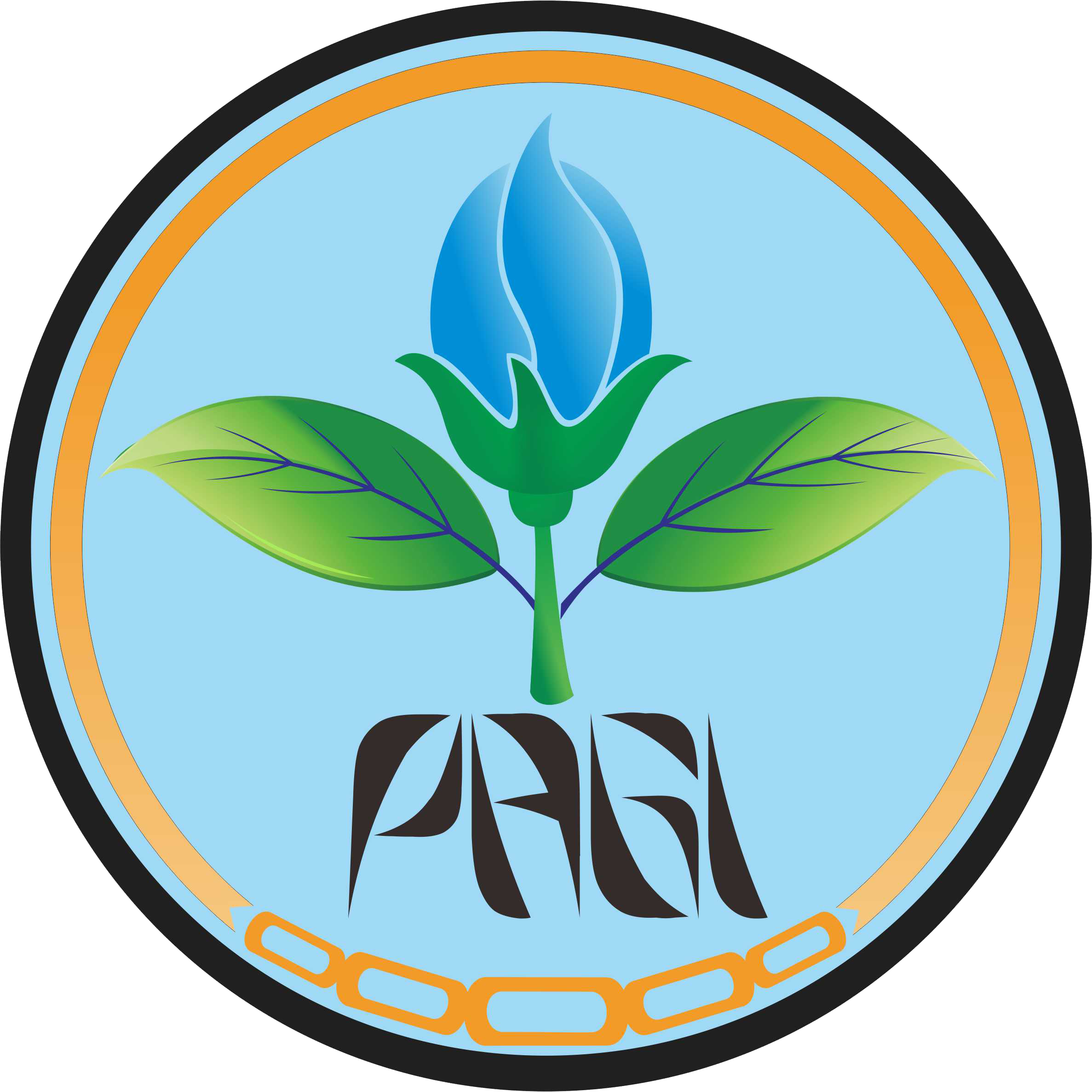Viabilitas Serbuk Sari dan Keberhasilan Persilangan antara Durian Montong dan Sitokong pada Tiga Waktu Berbeda
Abstract
Keywords
Full Text:
PDF(ID)References
Ait Aabd N, Tahiri A, Qessaoui R, Mimouni A, Bouharroud R. 2022. Self- and cross-pollination in argane tree and their implications on breeding programs. Cells. 11(5):828. https://doi.org/10.3390/cells11050828.
Arancibia-Avila P, Toledo F, Park Y-S, Jung S-T, Kang S-G, Heo BG, Lee S-H, Sajewicz M, Kowalska T, Gorinstein S. 2008. Antioxidant properties of durian fruit as influenced by ripening. LWT - Food Sci Technol. 41(10):2118–2125. https://doi.org/10.1016/j.lwt.2007.12.001.
Ashari S, Wahyuni S. 2010. Kajian biologi reproduksi tanaman durian (Durio zibethinus Murr.). Dalam: Utama IMS, Susila AD, Poerwanto R, Antara NS, Putra NK, Susrusa KB, editor. Reorientasi riset untuk mengoptimalkan produksi dan rantai nilai hortikultura. Prosiding Seminar Nasional Hortikultura Indonesia 2010; November 25-26 2010; Denpasar, ID. Denpasar (ID): PERHORTI. hal. 142–148.
Aziz NA, Jalil AM. 2019. Bioactive compounds, nutritional Value, and potential health benefits of indigenous durian (Durio Zibethinus Murr.): A review. Foods. 8(3):96. https://doi.org/10.3390/foods8030096.
Aziz SA, Clements GR, McConkey KR, Sritongchuay T, Pathil S, Abu Yazid MNH, Campos-Arceiz A, Forget P-M, Bumrungsri S. 2017. Pollination by the locally endangered island flying fox (Pteropus hypomelanus) enhances fruit production of the economically important durian (Durio zibethinus). Ecol Evol. 7(21):8670–8684. https://doi.org/10.1002/ece3.3213.
Bumrungsri S, Sripaoraya E, Chongsiri T, Sridith K, Racey PA. 2009. The pollination ecology of durian (Durio zibethinus, Bombacaceae) in southern Thailand. J Trop Ecol. 25(1):85–92. https://doi.org/10.1017/S0266467408005531.
Dung CD, Wallace HM, Bai SH, Ogbourne SM, Trueman SJ. 2021. Cross-pollination affects fruit colour, acidity, firmness and shelf life of self-compatible strawberry. Borges RM, editor. PLoS One. 16(9):e0256964. https://doi.org/10.1371/journal.pone.0256964.
Fidalgo A de O, Cécel AT, Mazzi JF de O, Barbedo CJ. 2019. Pollination and quality of seeds and plantlets of Eugenia uniflora L. Hoehnea. 46(1):e052018. https://doi.org/10.1590/2236-8906-05/2018.
Honsho C, Somsri S, Tetsumura T, Yamashita K, Yonemori K. 2007. Effective pollination period in durian (Durio zibethinus Murr.) and the factors regulating it. Sci Hortic (Amsterdam). 111(2):193–196. https://doi.org/10.1016/j.scienta.2006.10.016.
Ihsan F, Sukarmin S, Koswara E. 2012. Teknik persilangan durian untuk perakitan varietas unggul baru. Bul Tek Pertan. 17(1):14–17.
Indriyani NLP, Hadiati S, Nasution F, Sudjijo E, Irawati Y. 2012. Maternal and paternal effect on the characters of durian (Durio Zibethinus Murr.) Fruit from Cross-Pollination. J Fruit Ornam Plant Res. 20(2):23–33. https://doi.org/10.2478/v10290-012-0012-x.
Iovane M, Cirillo A, Izzo LG, Di Vaio C, Aronne G. 2021. High temperature and humidity affect pollen viability and longevity in Olea europaea L. Agronomy. 12(1):1–12. https://doi.org/10.3390/agronomy12010001.
Kozai N, Higuchi H. 2020. Effect of temperature before and after pollination on pollen function in ‘Chanee’ durian. Environ Control Biol. 58(3):85–89. https://doi.org/10.2525/ecb.58.85.
Kozai N, Higuchi H, Tongtao S, Ogata T. 2014. Low night temperature inhibits fertilization in “Monthong” durian (Durio zibethinus Murr.). Trop Agric Dev. 58(3):102–108. https://doi.org/10.11248/jsta.58.102.
Krishnan S, Kushalappa CG, Shaanker RU, Ghazoul J. 2012. Status of pollinators and their efficiency in coffee fruit set in a fragmented landscape mosaic in South India. Basic Appl Ecol. 13(3):277–285. https://doi.org/10.1016/j.baae.2012.03.007.
Kurniadinata OF, Wenpei S, Zaini A, Rusdiansyah R. 2019. Six potential superior durian plants resulted by cross breeding of D. zibethinus and D. Kutejensis from East Kalimantan, Indonesia: Initial identification. J Trop Hortic. 2(2):45–49. https://doi.org/10.33089/jthort.v2i2.24.
Lim TK, Luders L. 1998. Durian flowering, pollination and incompatibility studies. Ann Appl Biol. 132(1):151–165. https://doi.org/10.1111/j.1744-7348.1998.tb05192.x.
Lim TK, Luders L. 2009. Boosting durian productivity. Canberra (AU): Australian Government - Rural Industries Research and Development Corporation. Project No.:DNT - 13A.
Lubis AU. 1993. Pengadaan benih tanaman kelapa sawit: (Elaeis guineensis Jacq.). Medan (ID): Pusat Penelitian Kelapa Sawit.
Medagoda ITMK, Tennakoon WMCJ, Chandraratne K, Nakandala NDCP. 2005. Studies on floral biologi and polination behaviour of durian (Durio Zibethinus J. Mur). Ann Sri Lanka Dep Agric. 7:175–182.
`Muhtadi M, Haryoto H, Sujono T, Suhendi A. 2016. Antidiabetic and antihypercholesterolemia activities of rambutan (Nephelium lappaceum L.) and durian (Durio zibethinus Murr.) fruit peel extracts. J Appl Pharm Sci. 6(4):190–194. https://doi.org/10.7324/JAPS.2016.60427.
Najira N, Selviyanti E, Tobing YB, Kasmawati K, Sianturi R, Suwardi AB. 2020. Diversitas kultivar tanaman durian (Durio zubethinus Murr.) ditinjau dari karakter morfologi. J Biol Trop. 20(2):185–193. https://doi.org/10.29303/jbt.v20i2.1871.
Ng WS, Mohd-Azlan J, Wong SY. 2020. Floral biology and pollination strategy of Durio (Malvaceae) in Sarawak, Malaysian Borneo. Biodiversitas J Biol Divers. 21(12):5579–5594. https://doi.org/10.13057/biodiv/d211203.
Panji C, Herawati MM. 2020. Pengaruh suhu dan lama simpan terhadap viabilitas polen petunia (Petunia inflata). J Penelit Pertan Terap. 20(2):135–141. https://doi.org/10.25181/jppt.v20i2.1626.
Rosmaina, Warino J, Suhaida, Zulfahmi. 2016. Genetic variability and relationship among durian cultivars (Durio zibethinus Murr) in thekampar, Indonesia assessed by rapd markers. Pakistan J Biotechnol. 13(2):87–94.
Sidhu RK. 2019. Pollen storage in vegetable crops: A review. J Pharmacogn Phytochem. SP1:599–603.
Ulfah SM, Dorly, Rahayu S. 2016. Perkembangan bunga dan uji viabilitas serbuk sari bunga lipstik Aeschynanthus radicans var. ‘Monalisa’ di Kebun Raya Bogor. Bot Gard Bull. 19(1):21–32.
Widiastuti A, Palupi ER. 2008. Pollen viability and its effect on fruit set of oil palm (Elaeis guineensis Jacq.). Biodiversitas J Biol Divers. 9(1):35–38. https://doi.org/10.13057/biodiv/d090109.
Wiryanta BTW. 2008. Sukses bertanam durian. Tetty, editor. Tangerang (ID): PT Agromedia Pustaka.
Refbacks
- There are currently no refbacks.






